I need more info on input sources...
Hi there, I'm trying to create an affordable RTA system that I can use for the many different venues that I run sound in. I've read many of the guides that administration has provided. It would be awesome to be able to use a DBX RTA-M real time analysis mic or even the output of my Radioshack Digital SPL meter (you can easily google either of these products for more info) to go into my 2nd generation iPod Touch. This "Bias Voltage" that you mention in some of the guides.. is that Phantom Power? If so it makes me think that I could easily uses the DBX RTA-M! Do you have any idea about the loads that these sources may present to the touch's inputs? Do you think that the frequency response would be accurate enough for my line of work? I'm willing to sacrifice some accuracy for the sake of mobility, but if its not worth it I can use my Macbook Pro and an audio interface with the OSX software version. Finally, since I can't find any that many reviews on your product, how does Faber Acoustics software measure up to other industry standards such as SMAART? I am really interested, thanks!
0

Comments
No. The headset input is not recommended for what you are trying to do.
I suppose it depends on which industry you are talking about, although SMAART has been fairly successful in the pro audio world. Electroacoustics Toolbox offers a broader range of analysis tools, with much greater flexibility, at a lower price than SMAART. You're welcome to download it and give it a try. You may also be interested in SignalScope Pro, although it is not as flexible and does not include the dual FFT analyzer tool for sophisticated frequency response, impulse response, and correlation analysis.
Ben
My second question: would I be more successful to take the line out of my SPL Meter into the dock? For that matter, I would even be willing to preamplify my RTA mic via one of my pre's or whatever sound board I am using and connect it to the dock at line level. In this case I only buy the breakout cable to get into the dock and it doesn't cost extra money for equipment that I don't need.
I am talking about the Pro Audio Industry and SMAART has been extremely successful so it is very hard to match up to. I already am interested in Signal Scope Pro which is why I have posted in this forum to begin with. I really think that SSP is an amazing purchase for the money if used as an iTouch program and provided the correct quality of audio signal to do its job.
Sorry to be a pain, thank you for your help.
They're of comparable quality to the element in the DBX RTA mic, but they're unidirectional (cardiod), so I am not recommending that you use them. I was recommending that you plug your DBX RTA mic into the ProTrack's XLR connectors.
It seems to me that using your DBX mic with the ProTrack would be more portable than either of those solutions (and better than using a RadioShack meter). However, you could certainly use something like the Belkin TuneTalk to get your line-level signals into your iPod.
The trick is matching its success, but it doesn't seem difficult to match its measurement capabilities, design, ease of use, etc.
Since you mentioned SMAART, I was actually referring to SignalScope Pro for Mac (and Electroacoustics Toolbox, which is only available on the Mac). I'm sorry if I caused any confusion, there.
Ben